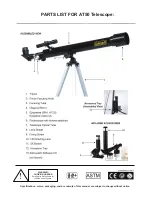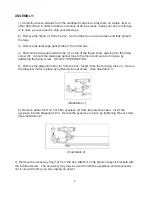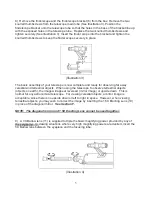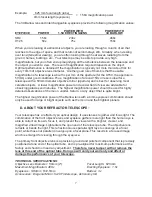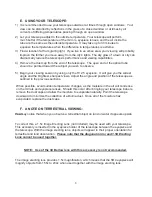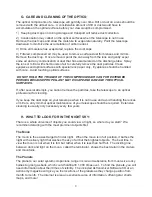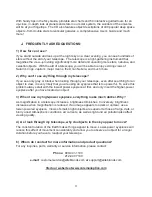
10
The popular and more familiar constellations often provide the easiest landmarks to help find
the planet’s locations and paths of orbit. Most people have looked up at the sky at night and
seen some of the planets without even realizing it. A planet looks like a bright star but does not
twinkle like a star does; it looks like a tiny ball. Venus, Mars, Jupiter, and Saturn are the
easiest planets to view. Mercury is dimmer, usually below the horizon, and more challenging
to find.
Each of the planets provides interesting views. Venus is covered with clouds so all that is
visible is an extremely bright light, the brightest next to the moon. However, Venus, like the
moon, goes through phases. As it travels around the sun, different areas of its surface are
illuminated, producing crescent shapes of varying sizes. Mars is the red planet. When it is
above the horizon, it is noticeably red and stands out like a beacon in the night sky. The
apparent brightness of Mars varies as the planet orbits around the sun and throughout its
period of visiblity, it will look brighter or dimmer depending on its distance from Earth.
Jupiter is the largest planet in our solar system and the second brightest next to Venus. Jupiter
has many moons, four of which are often visible through your telescope when viewing
conditions permit. As you watch them throughout the evening, you will see that they change
position relative to each other and to Jupiter. It is possible with careful planning to actually see
one of the moons disappear either in front of or behind Jupiter as it orbits around the planet.
Another great feature of Jupiter is its cloud belt. Jupiter is alive with weather activity and its
clouds have formed over time into belts visible through telescopes in the right atmospheric
conditions.
Saturn, the second largest planet, is not as bright as Jupiter and so its moons are not as
visible through small telescopes. The large rings that encircle Saturn are spectacular to
observe, however. The planet and its rings appear pale yellow. The major division in the rings,
the Cassini division, is possible to see if you keep the telescope firmly in position.
Uranus and Neptune are the last of the solar system’s gas giants. They do not provide as
spectacular a sight as Jupiter or Saturn, but are nonetheless rewarding to see.
Beyond our solar system there are many more objects to be found. Galaxies, nebulae,
and star clusters abound!
I. ABOUT THE INCLUDED ASTRONOMY SOFTWARE CD:
With direct, easy to understand explanations and impressive visuals of all kinds of night sky
phenomena, the
ASTROWATCH™
Astronomy Pack software is the best way to share the
wonders of the universe with family and friends. You’ll never be “lost in space” with this
superb planetarium-in-a-box that will get you up and viewing in minutes.
Locate objects easily using the SmartFind feature, and the Daily Events Reminder lists the
celestial events visible at night from your backyard. Hear the correct pronunciation of the
constellations and hundreds of celestial objects, see the night sky from anywhere on Earth,
and learn to identify planets, stars, and constellations for every season.



